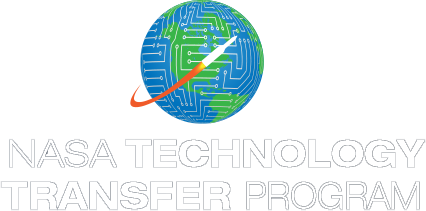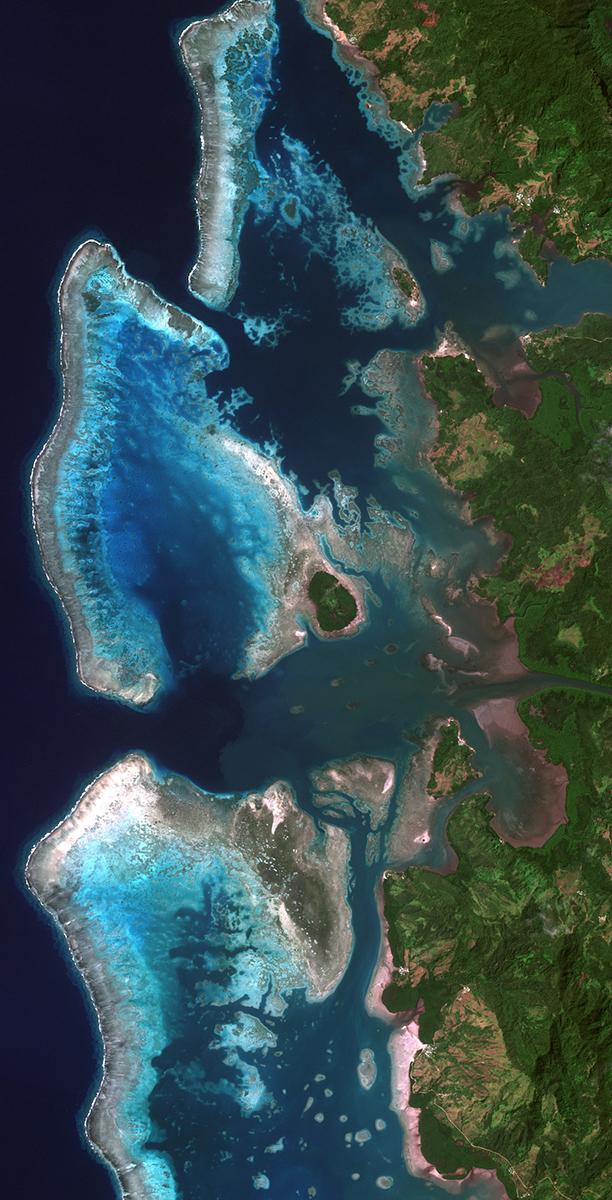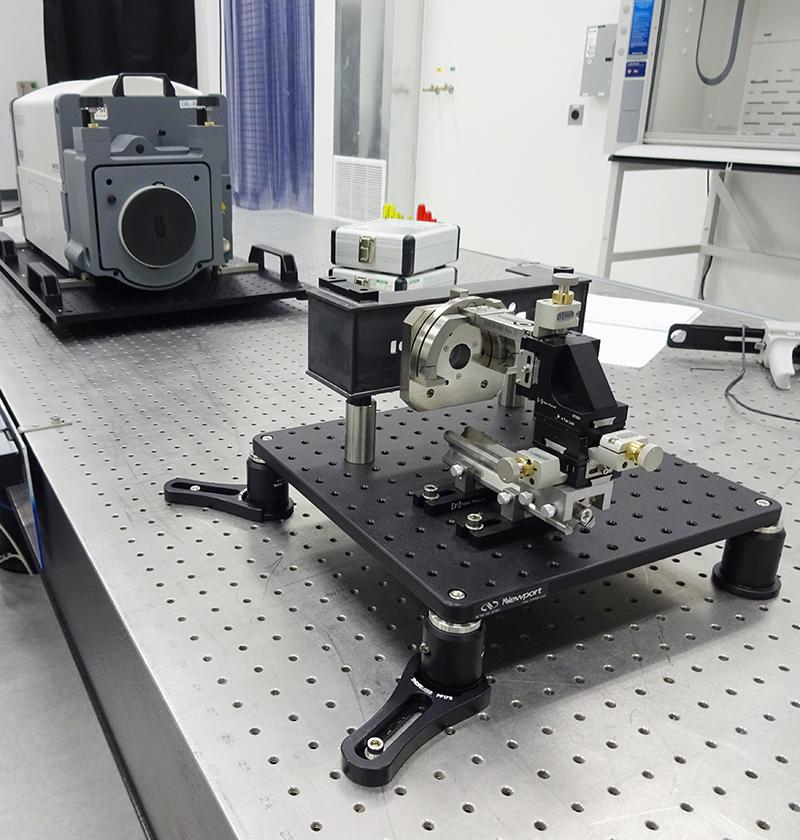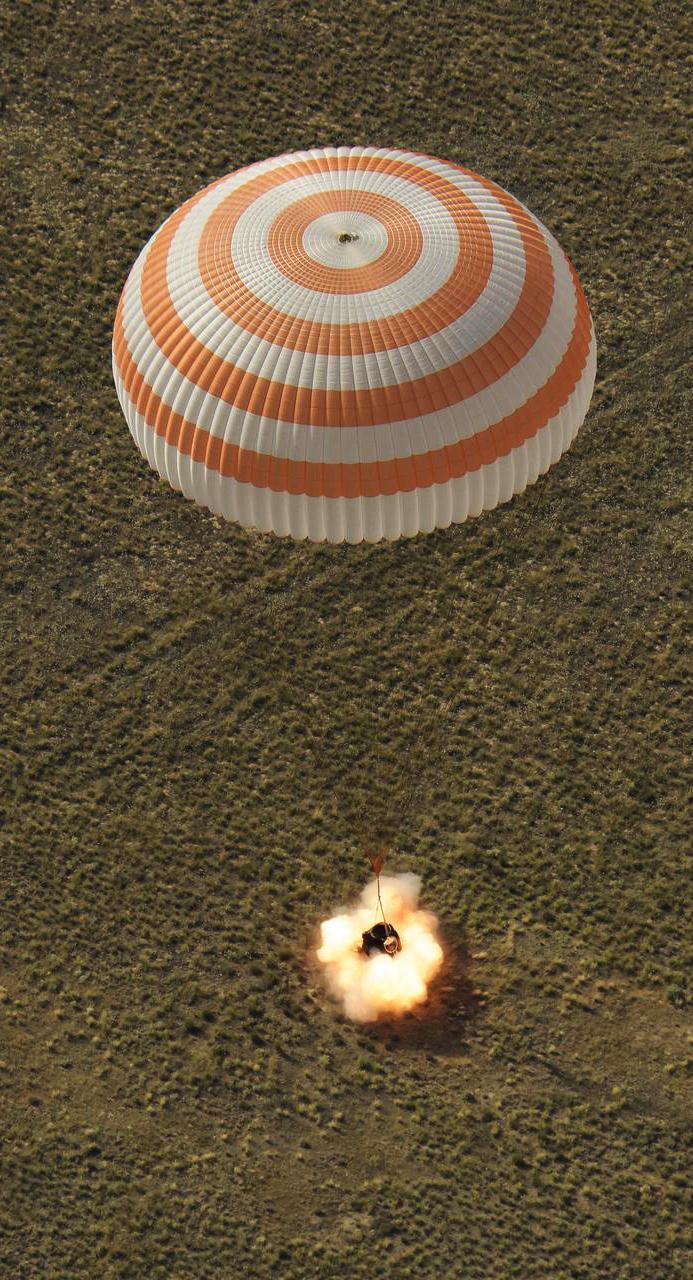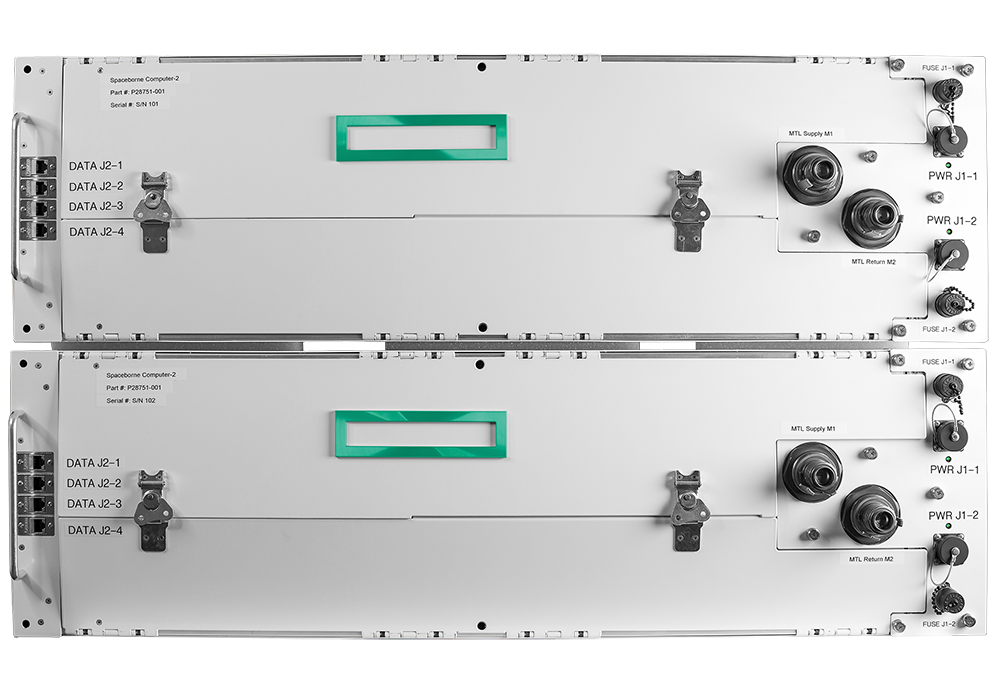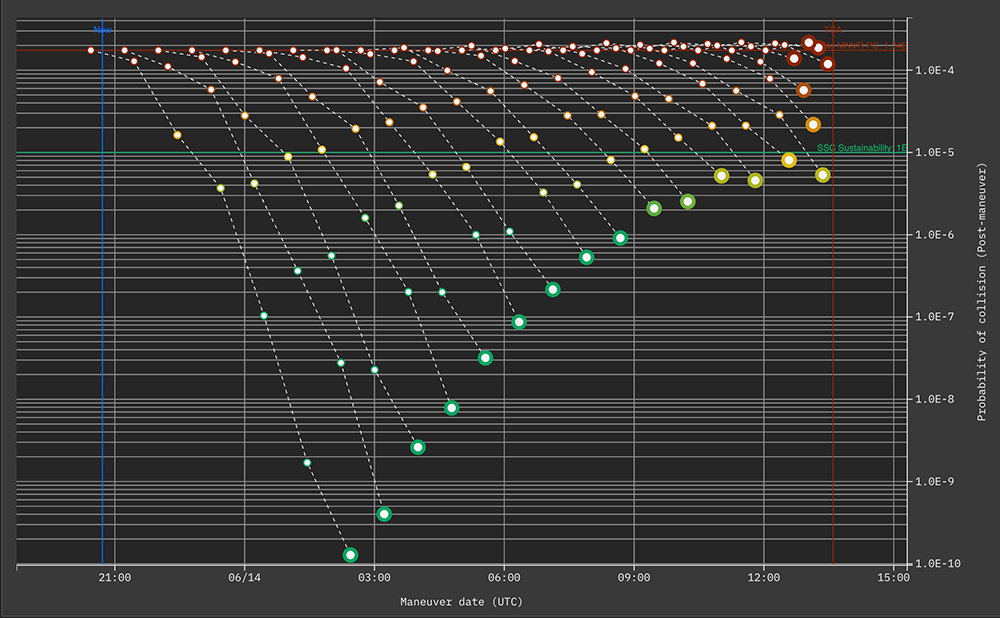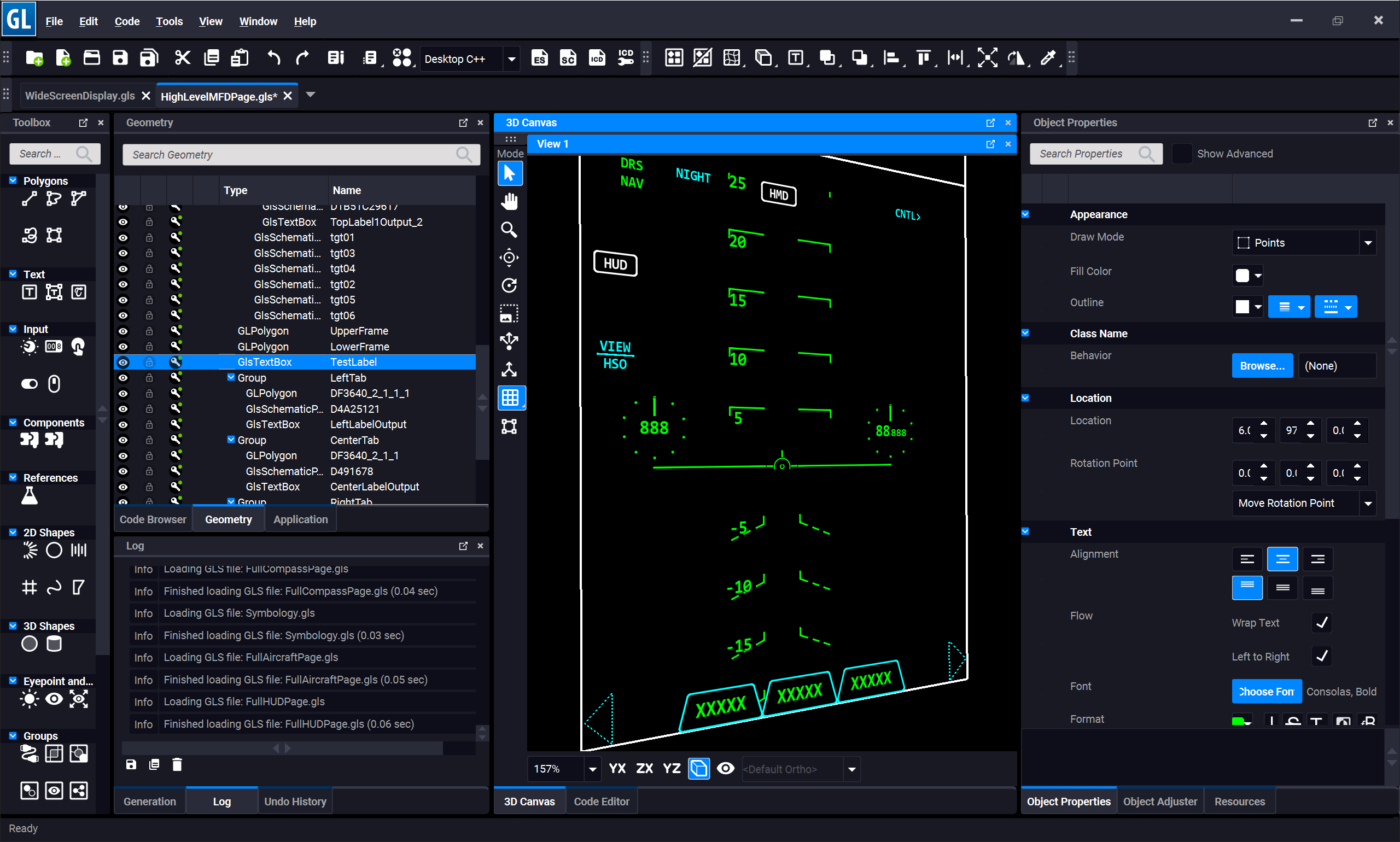
From Cockpit Controls to Dashboard Data
Subheadline
NASA feedback enables better display systems for aircraft, more
In the early days of computers, interfaces were paper printouts or blinking lights, but as the technology matured, the graphical user interface (GUI) quickly became the standard.
As more and more everyday products become computerized, their embedded systems need straightforward, reliable ways of generating interfaces. DiSTI Corp. of Orlando, Florida, is one company that provides software that forms the backbone of computer graphical interfaces, and several of its features trace a lineage to NASA requirements.
In the early 1990s, digital multi-function display screens were starting to become standard on aircraft, and the modern “glass cockpit” was beginning to take shape. Founded in 1994, one of DiSTI’s first projects involved making digital instruments for the U.S. Navy and Air Force, including a digital interface for the F-16 fighter jet.
“We had a couple of Small Business Innovation Research contracts with the Department of Defense,” said Chris Giordano, vice president of user experience technology at DiSTI. “One was to have our GUI tool generate code that could fly on real aircraft hardware.”
This GUI tool soon became GL Studio, named after the OpenGL code that enables easy graphics generation. By the 2000s, GL Studio was commercial off-the-shelf software, so when several NASA missions needed interfaces for reading crucial information, DiSTI’s GL Studio software helped them get there. Several NASA programs use GL Studio, including a tool that helps spacecraft recovery helicopters during the Artemis splashdown process.
“We started working with GL Studio as far back as 2009. We chose it for its real-time graphical flexible interface,” said Jeffrey Fox, chief engineer of the Rapid Prototyping Lab at NASA’s Johnson Space Center in Houston. “Using this software and its customizations allows this helicopter to get closer to a spacecraft than ever before.”
GL Studio has several features that originate from various NASA needs. In 2007, when the flight simulator developers at NASA’s Ames Research Center in Silicon Valley, California, wished to integrate GL Studio with the agency’s WorldWind virtual globe, they asked DiSTI to write interface software that would work with WorldWind’s Java environment.
“We presented it at the Java One conference in San Francisco. Everybody went nuts because it was a full 3D cockpit done in Java,” said Giordano. “I would say that was the first time NASA directly influenced the direction of our tools.”
The ability to export Java-based interfaces was soon built into GL Studio, where it now generates the interface on Rohde & Schwarz TV broadcasting equipment.
Another case where NASA’s needs resulted in new features arose during the development of the Orion spacecraft’s computer interfaces. To render the graphics on Orion’s screens, NASA wished to use OpenGL rendering in software, which GL Studio did not support at the time. Dedicated graphics rendering chips weren’t hardened against radiation, so the computers aboard Orion needed software that could generate graphics without a chip.
The company followed NASA’s request, and while Orion’s screens ultimately used a different tool, the software graphics rendering feature is a vital part of the commercial releases of GL Studio. Many automotive infotainment systems, instrument clusters, and heads-up displays run on embedded hardware to keep costs low by eliminating the need for custom graphics processing chips. Since 2010, GL Studio has powered the infotainment systems on Jaguar and Land Rover models, and since 2020, it has run the interfaces of Hyundai and Kia cars as well.
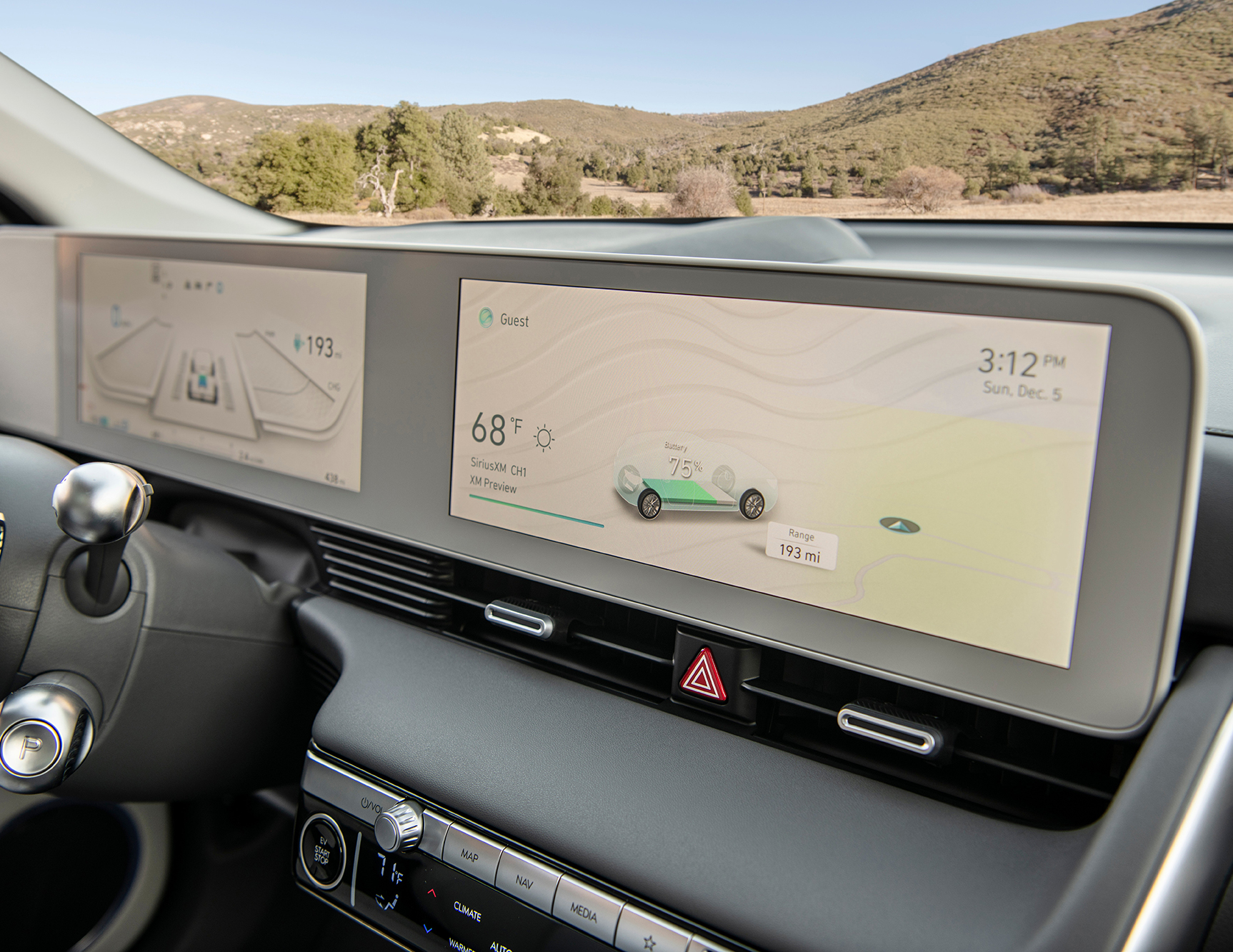
Since 2020, the interfaces on the infotainment and instrument cluster displays on Hyundai car models have been produced with DiSTI’s GL Studio software. The ability to run on this sort of integrated hardware can be traced back to requirements for NASA. Credit: Hyundai Motor America
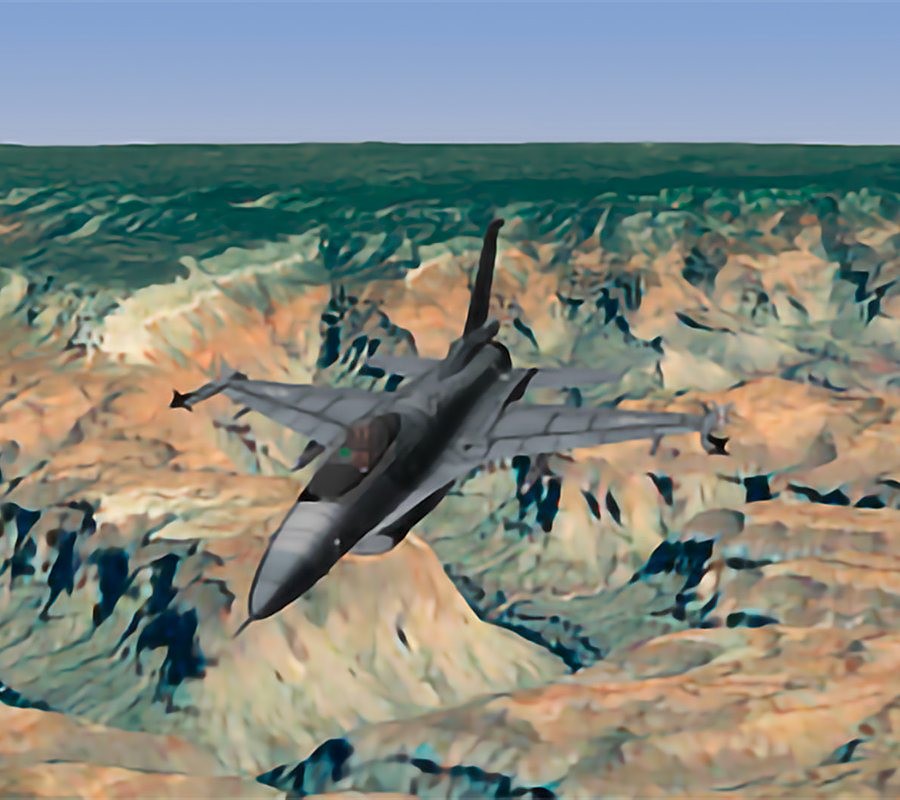
NASA’s WorldWind is a virtual globe program that produces a visualization of Earth’s surface. DiSTI helped NASA’s Ames Research Center develop a WorldWind-based flight simulator with GL Studio, which in turn made the company’s software compatible with the Java programming language. Credit: NASA

This screenshot of DiSTI’s GL Studio software shows how it can be used to create user interfaces for aircraft. Capabilities the company developed for NASA led to features in the commercial product. Credit: DiSTI Corp.

